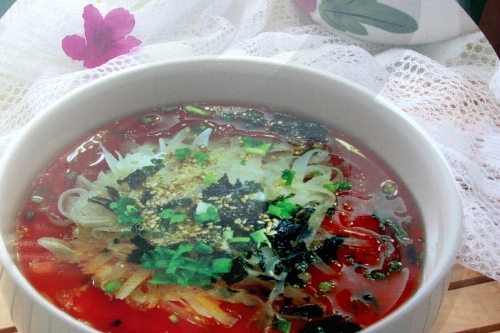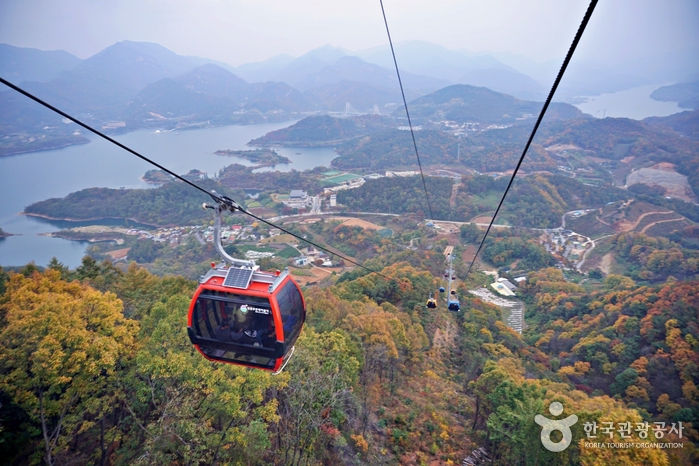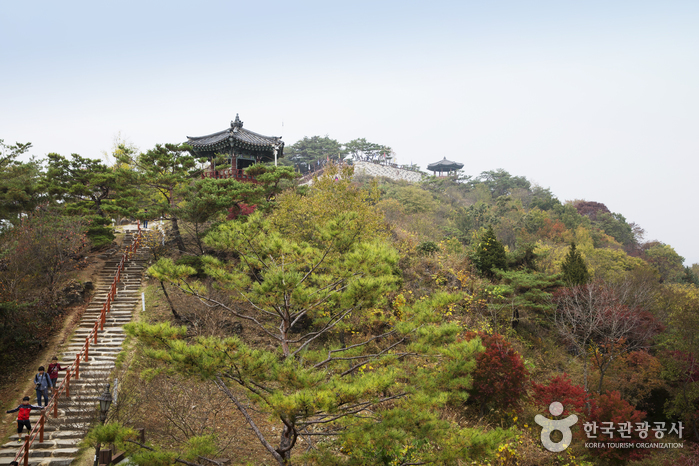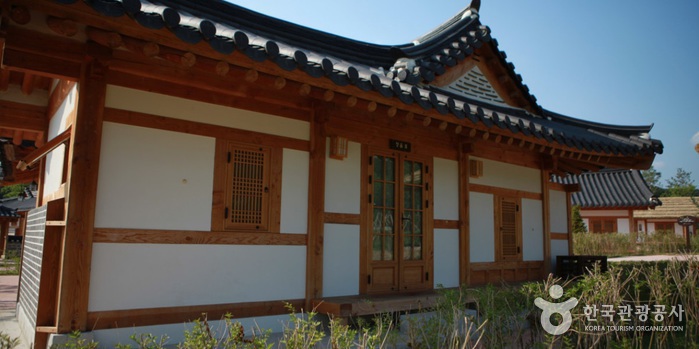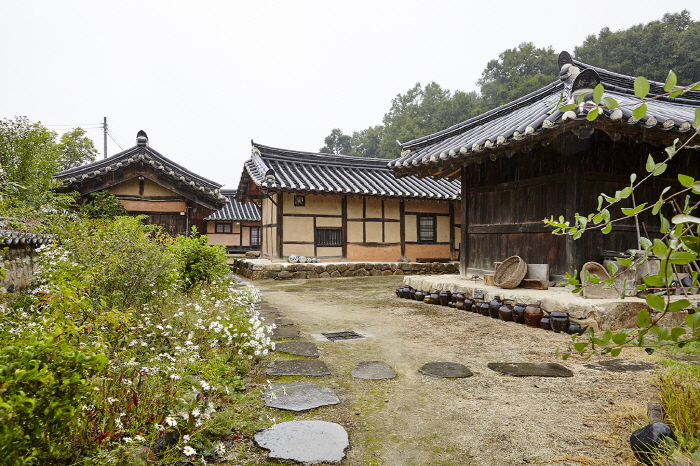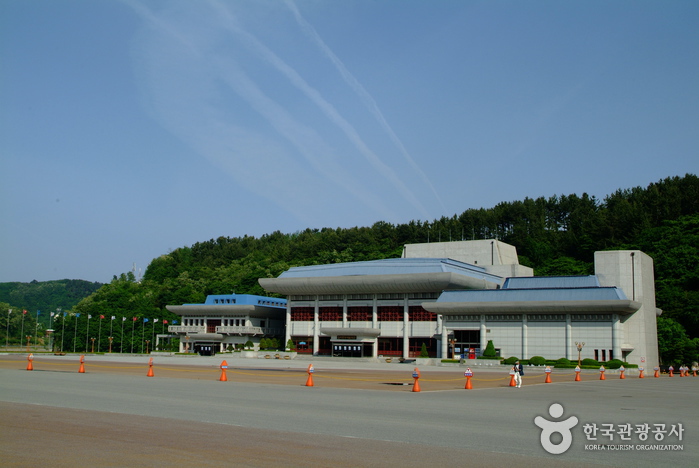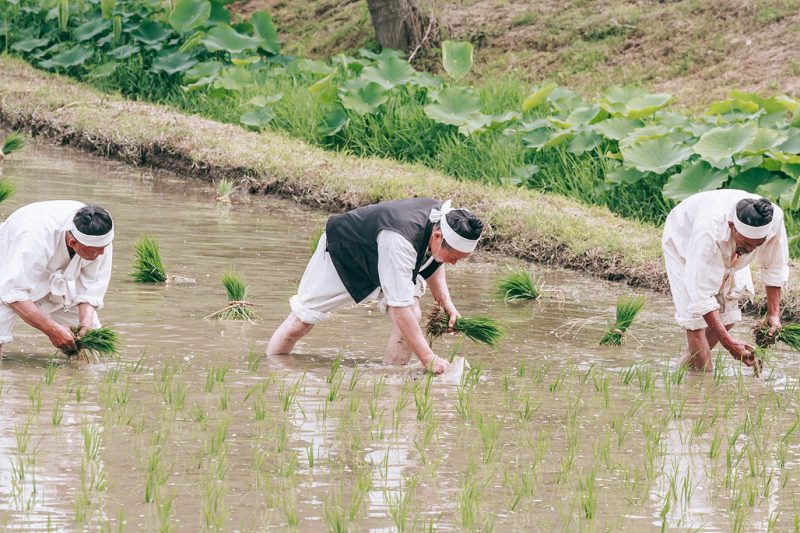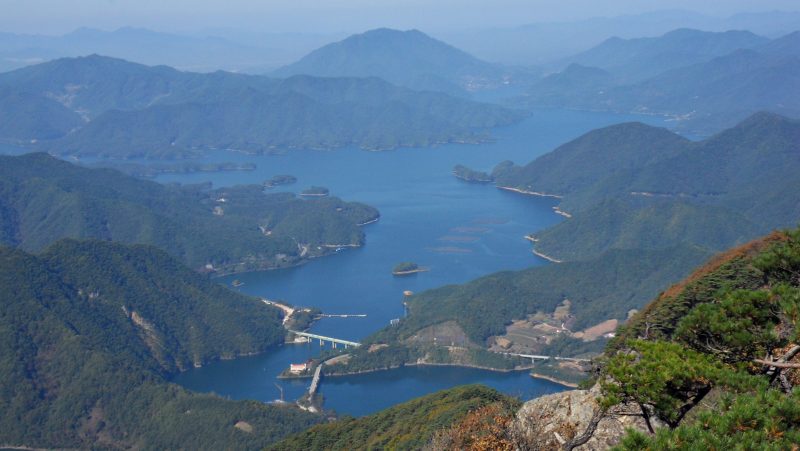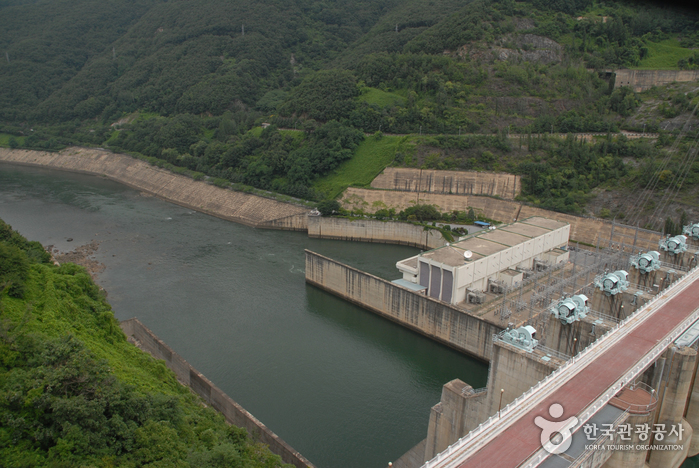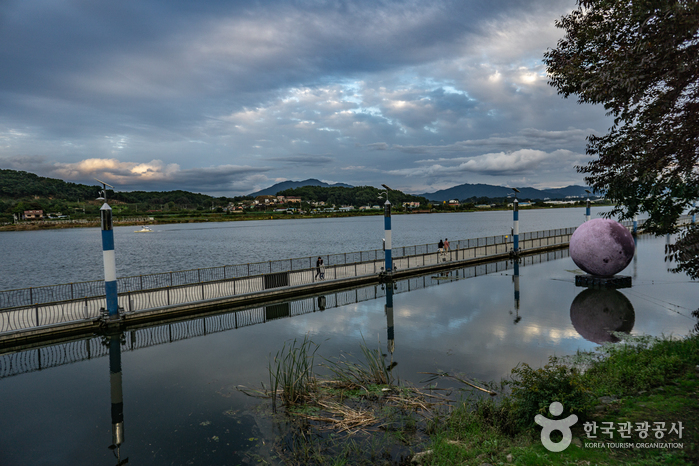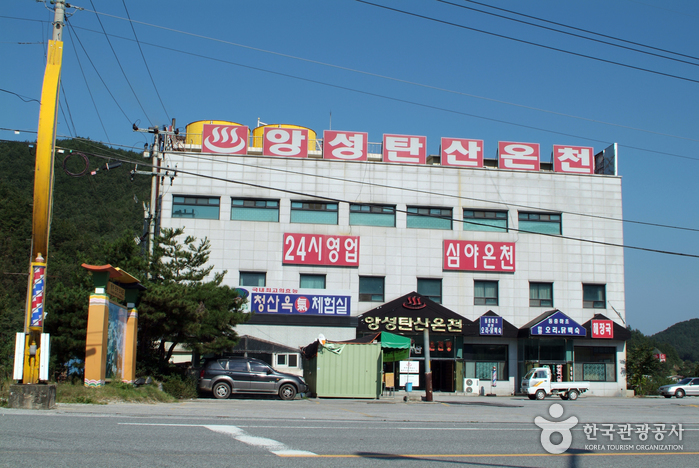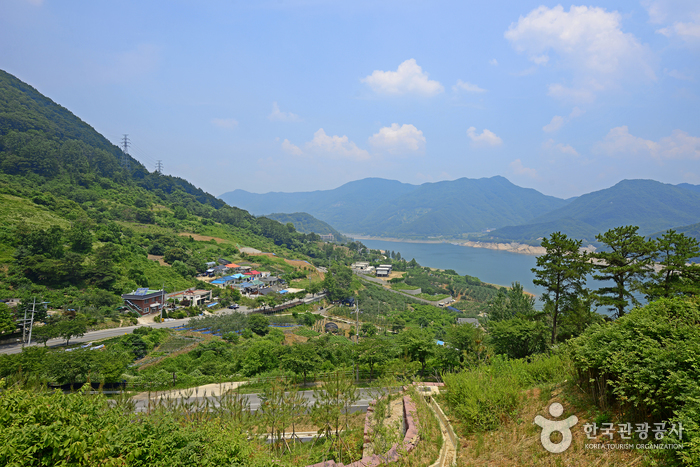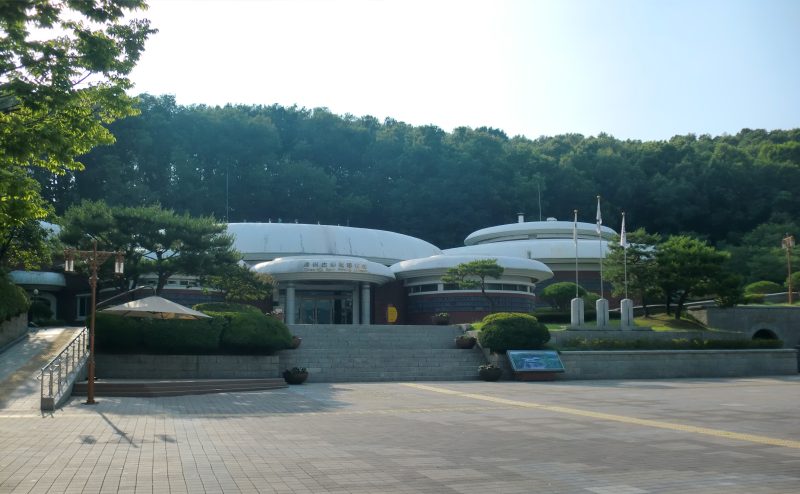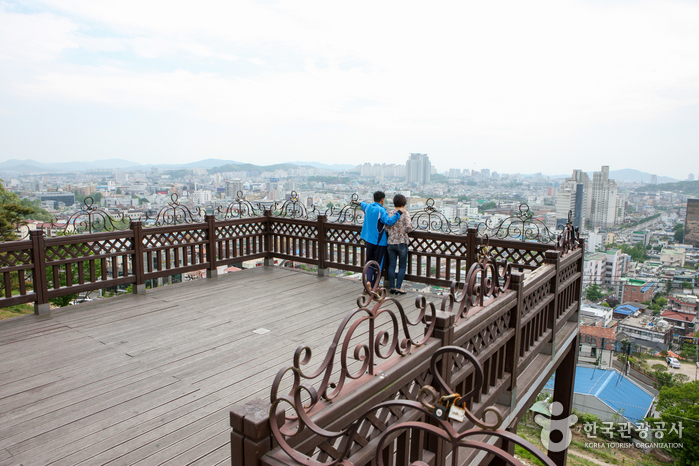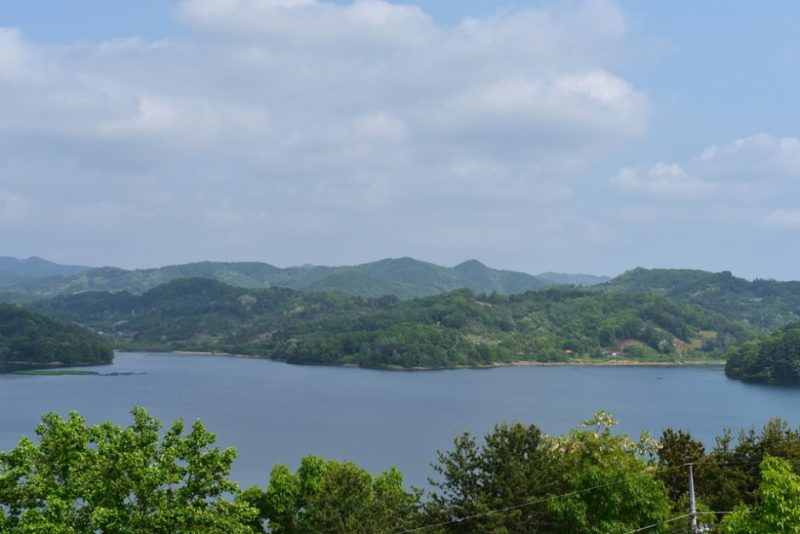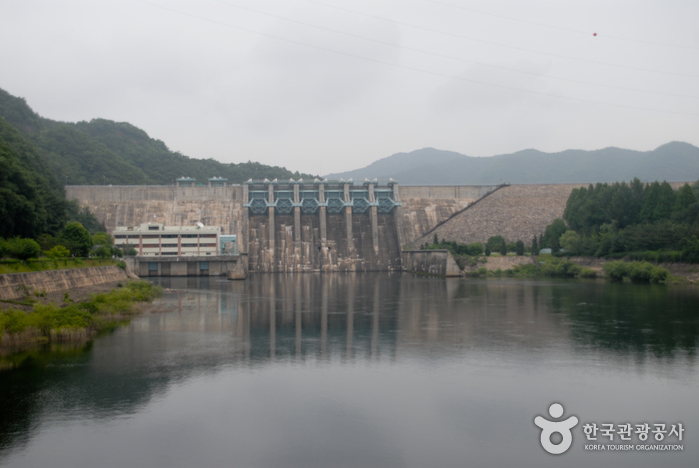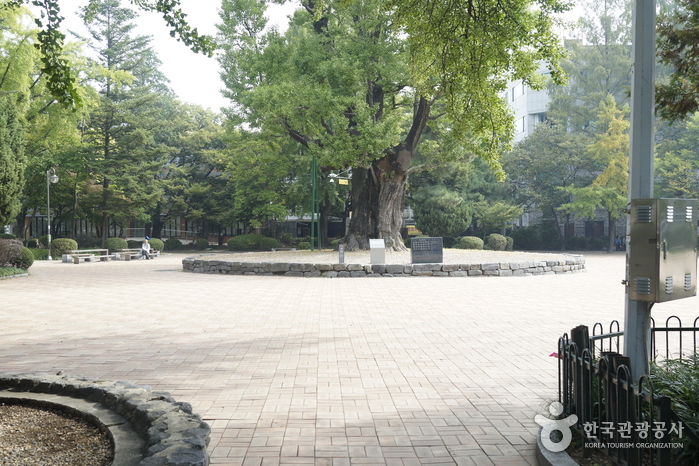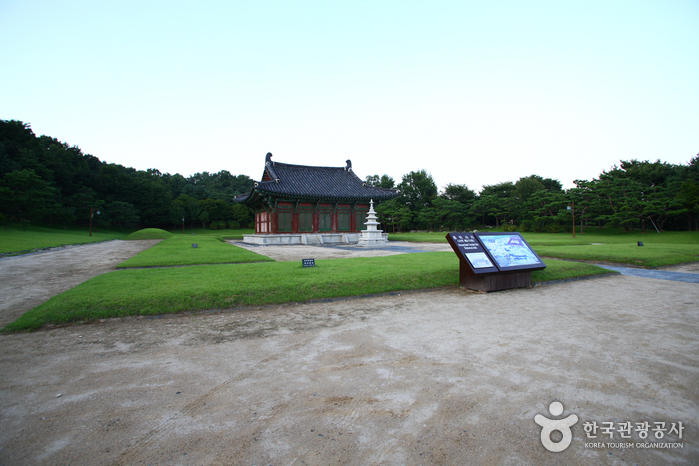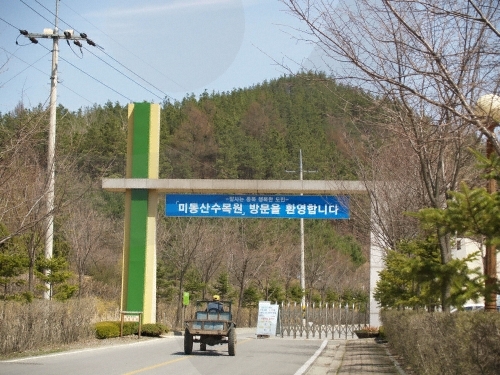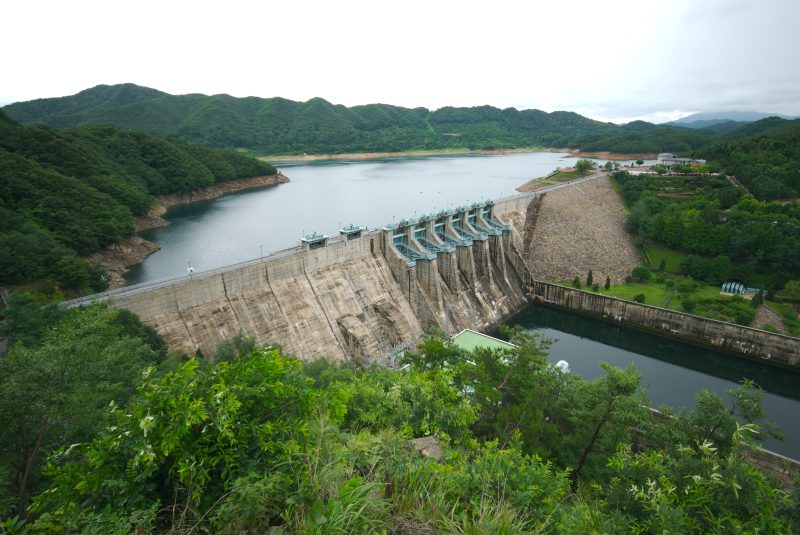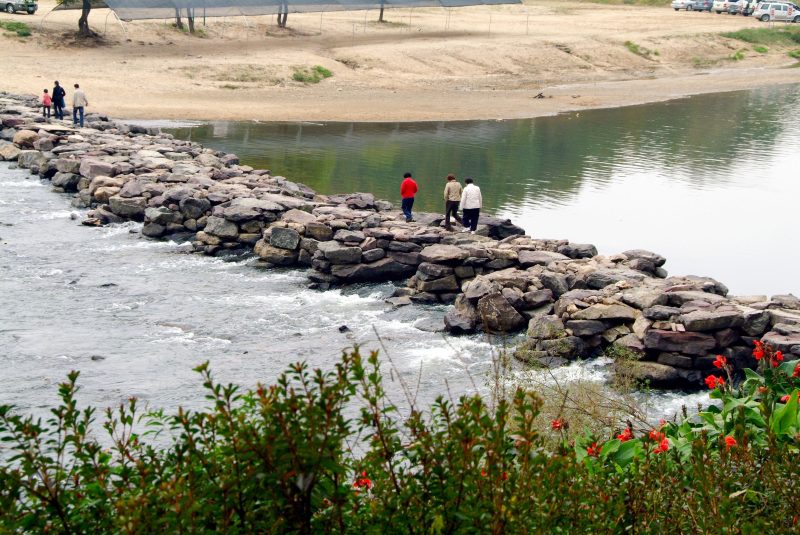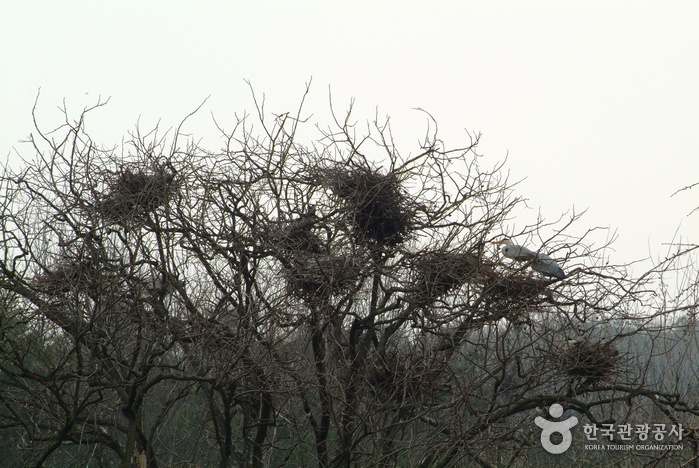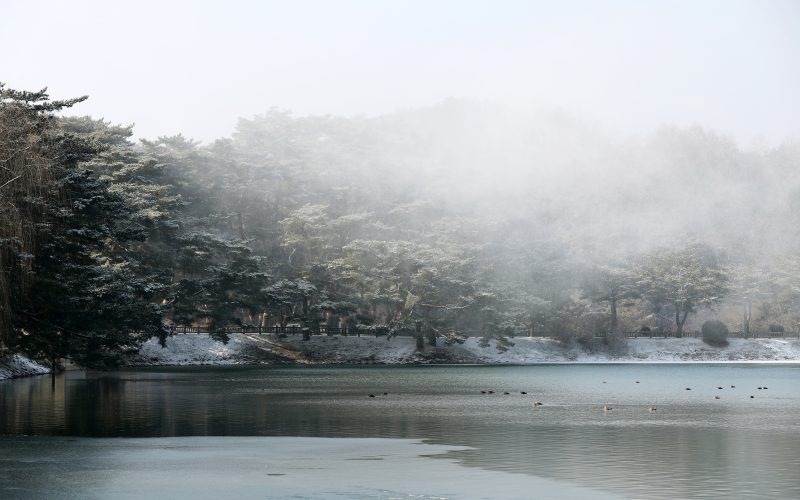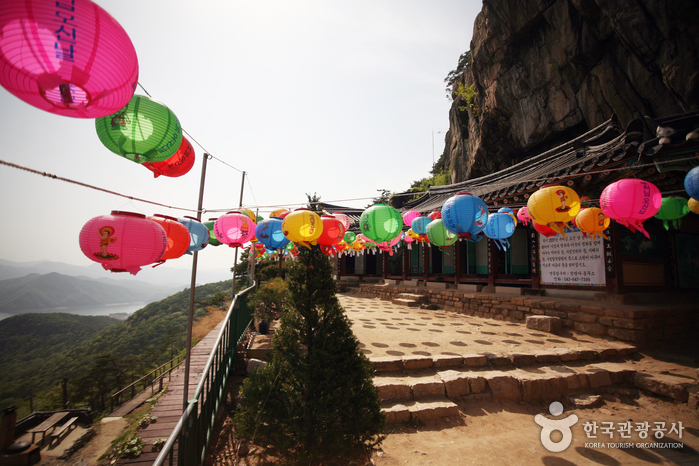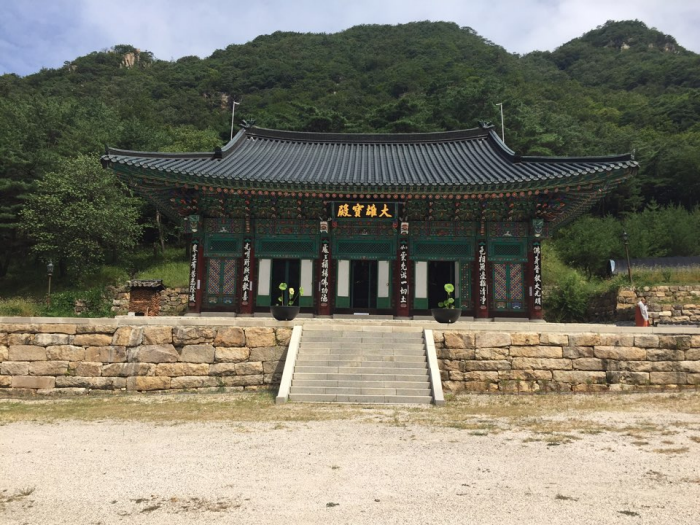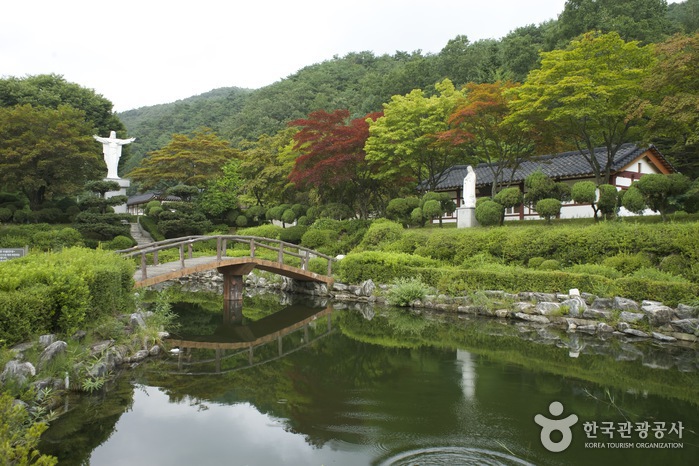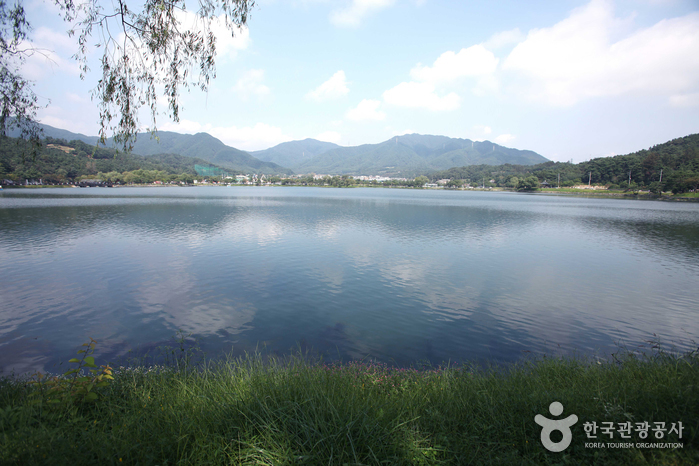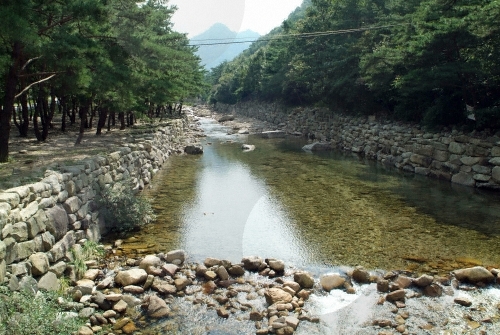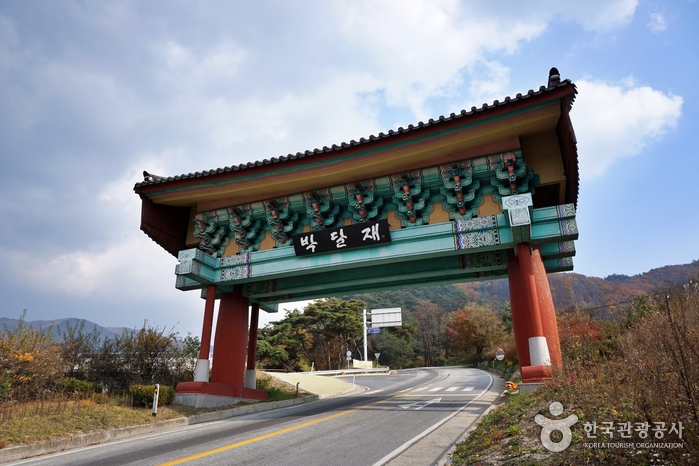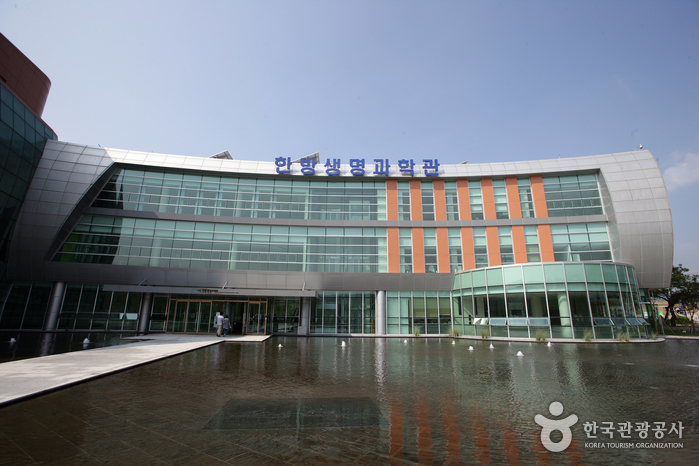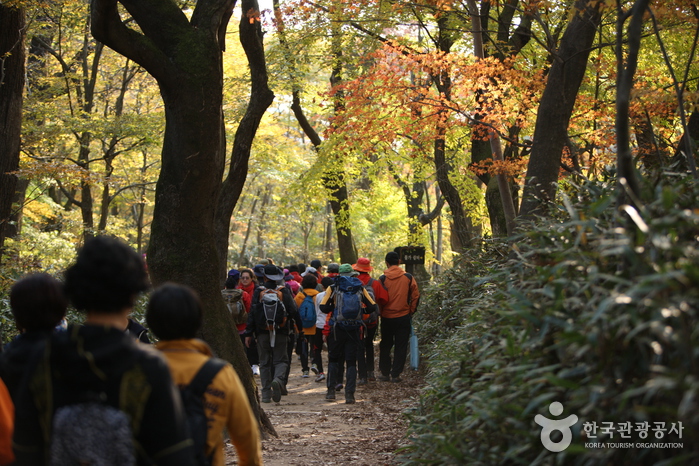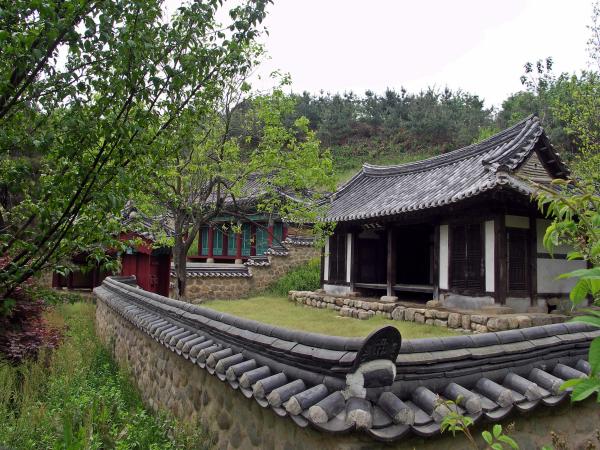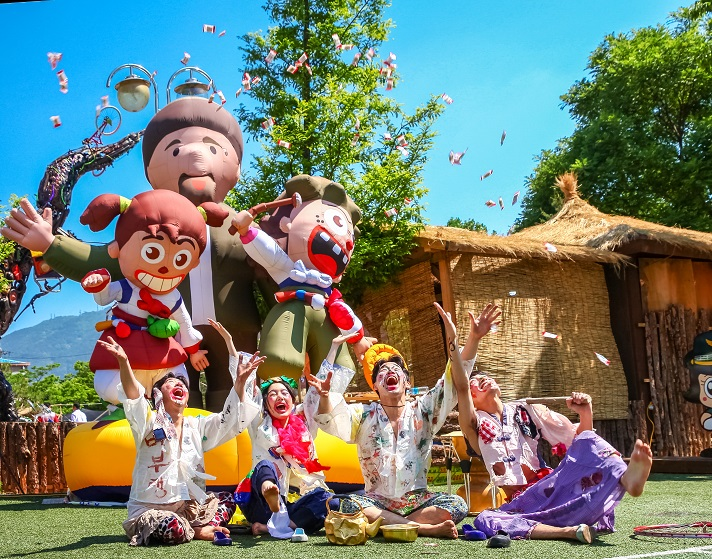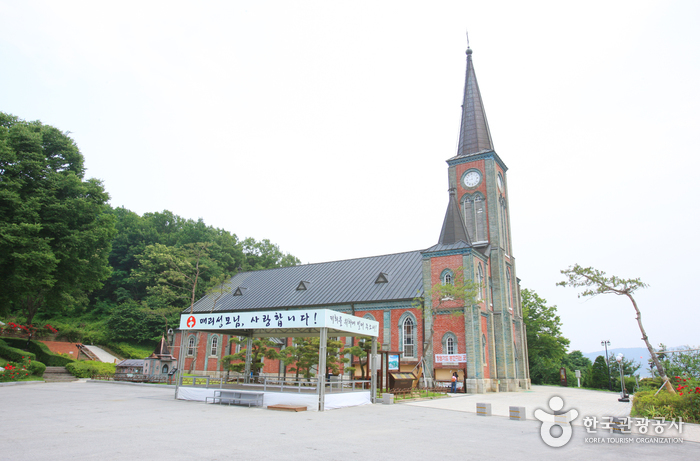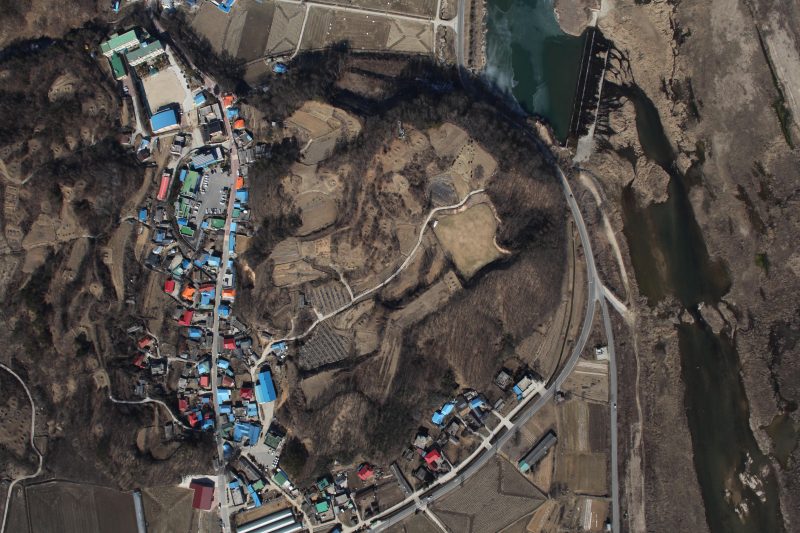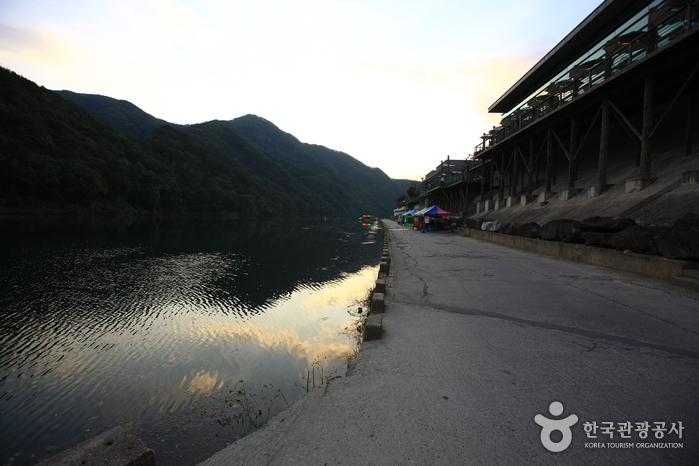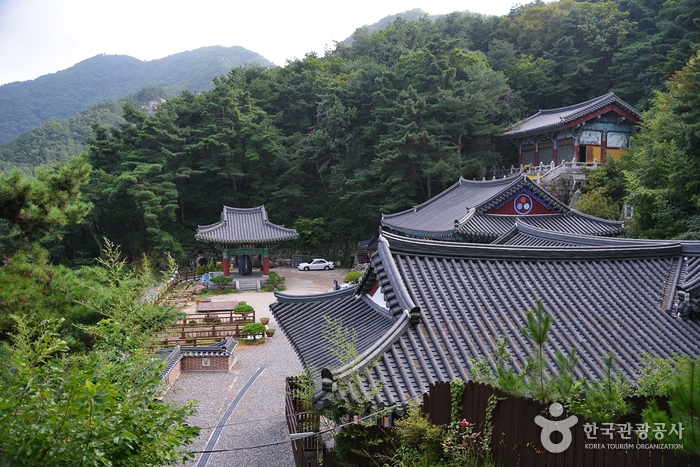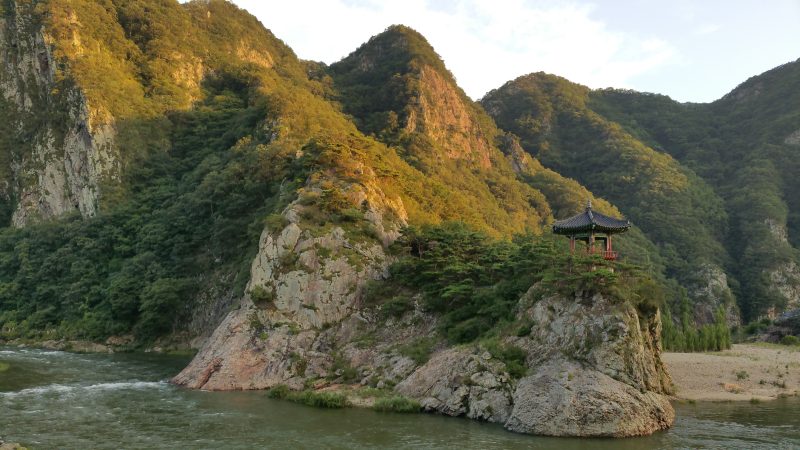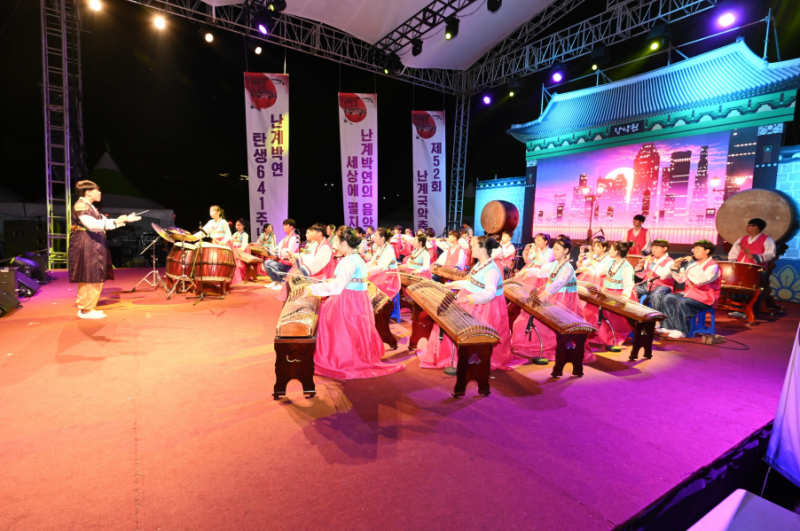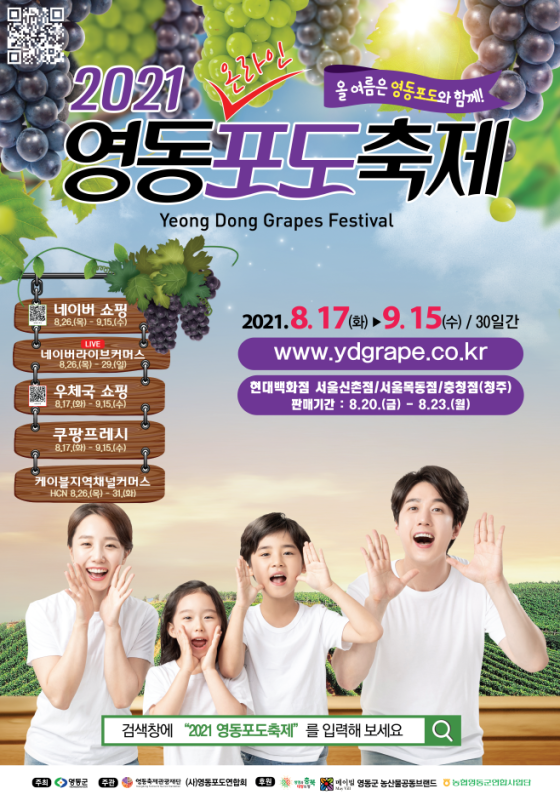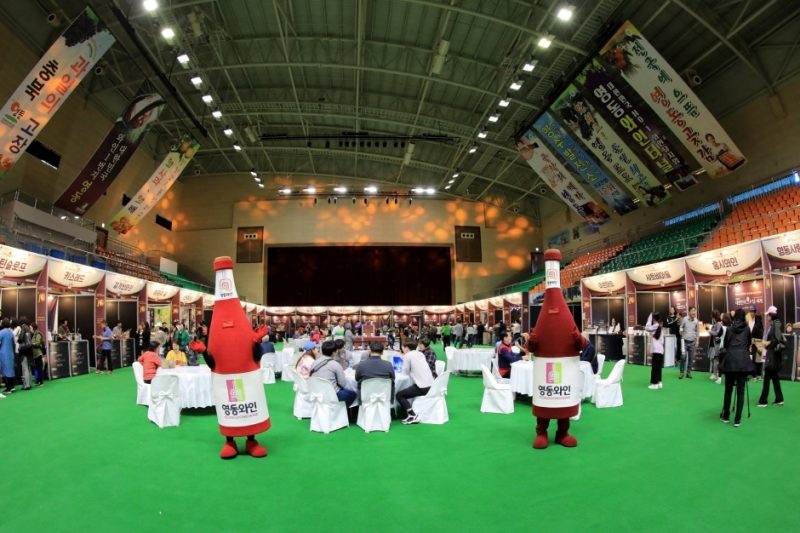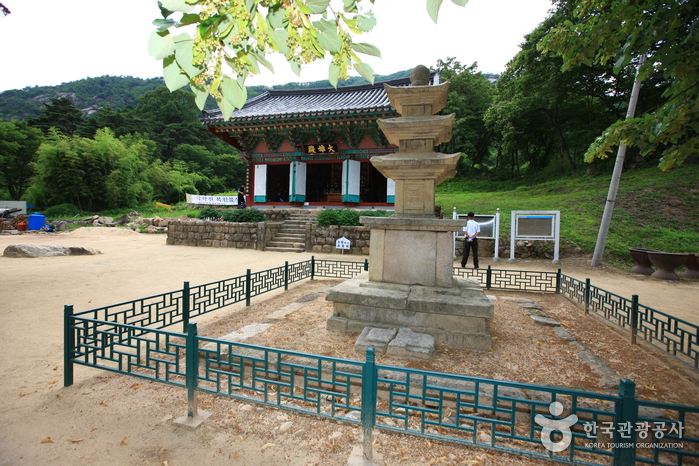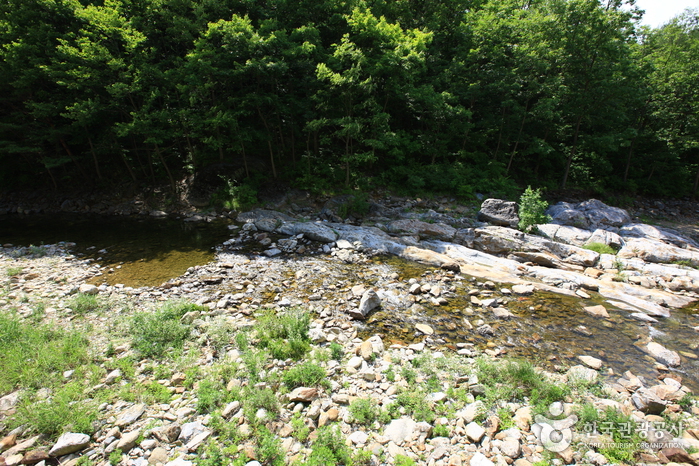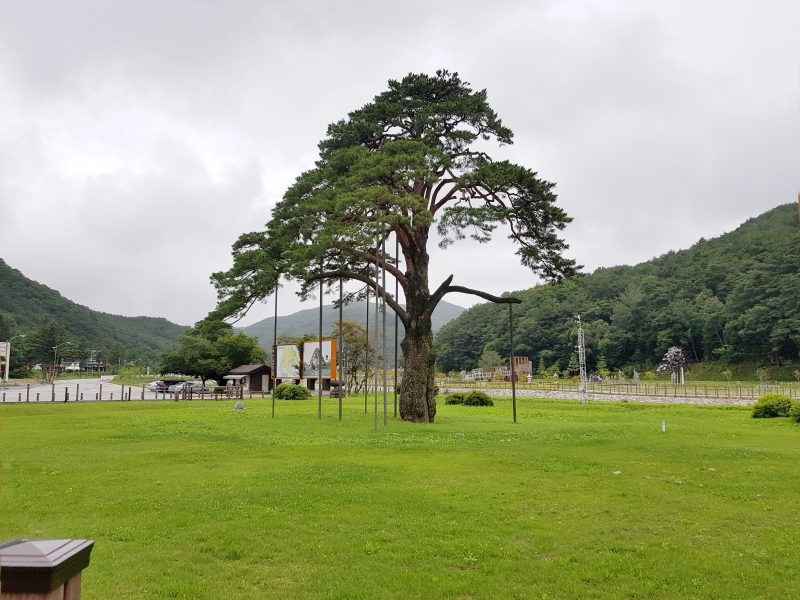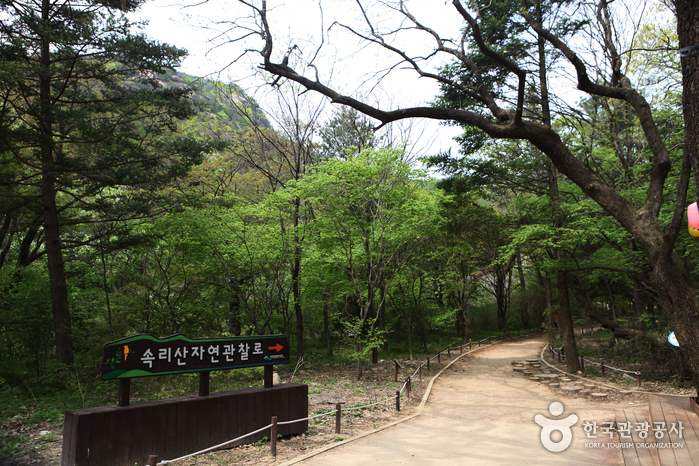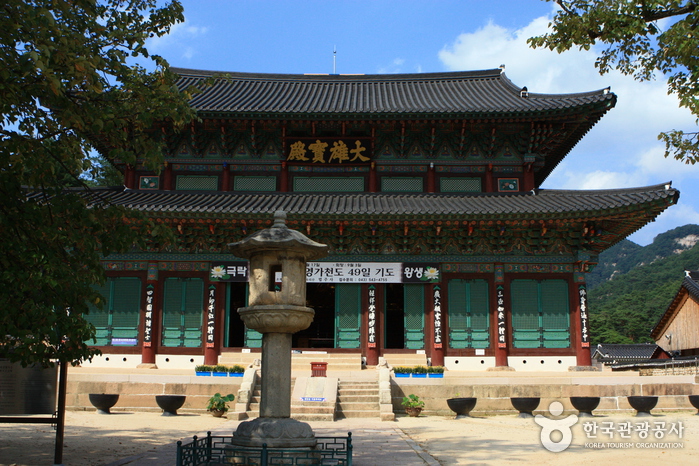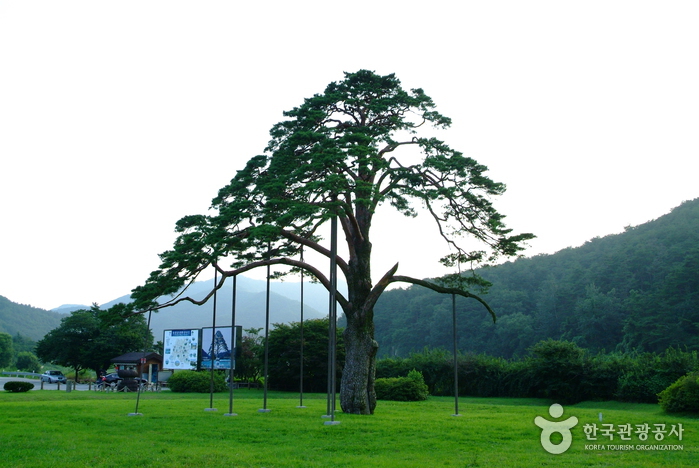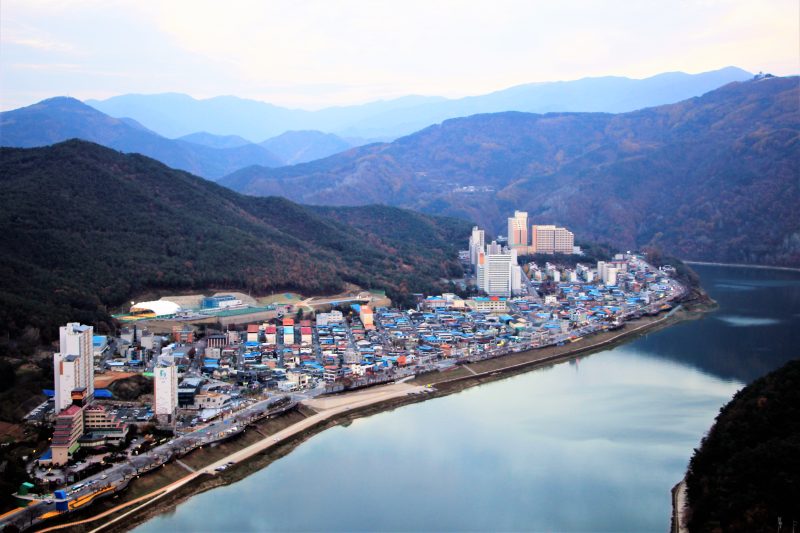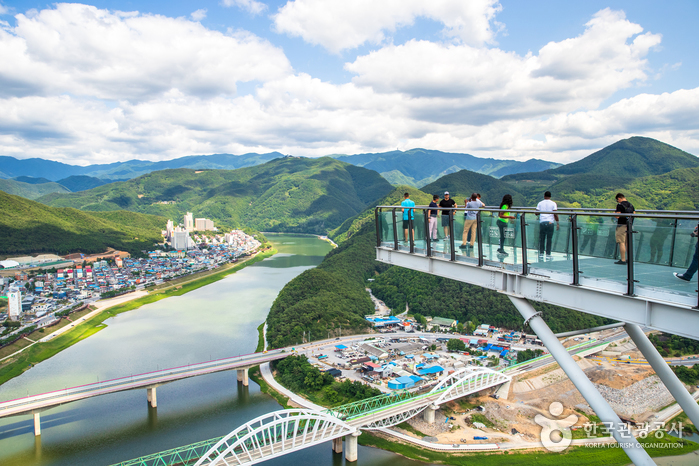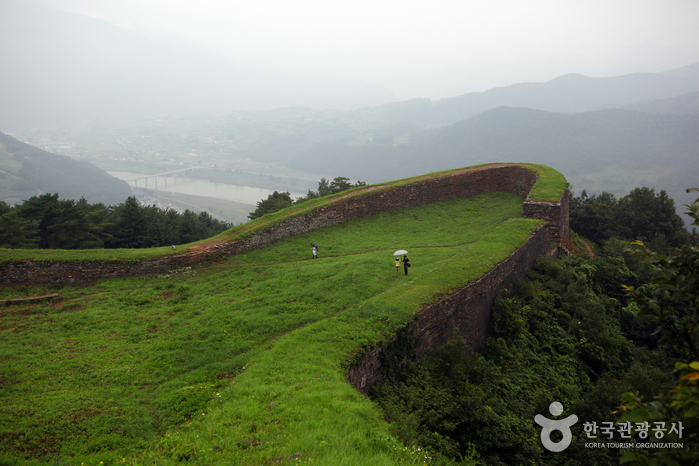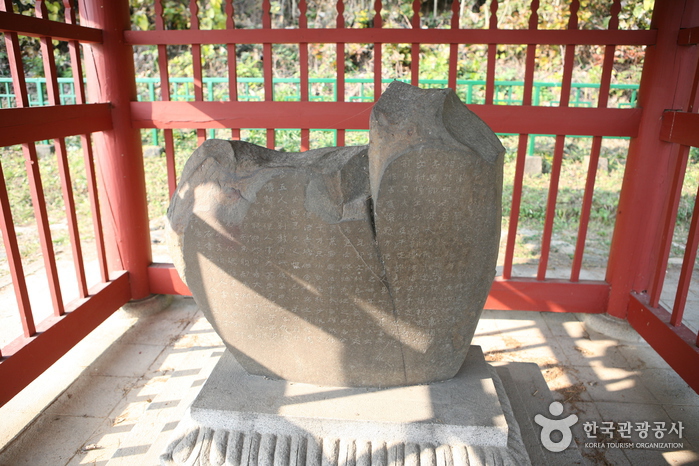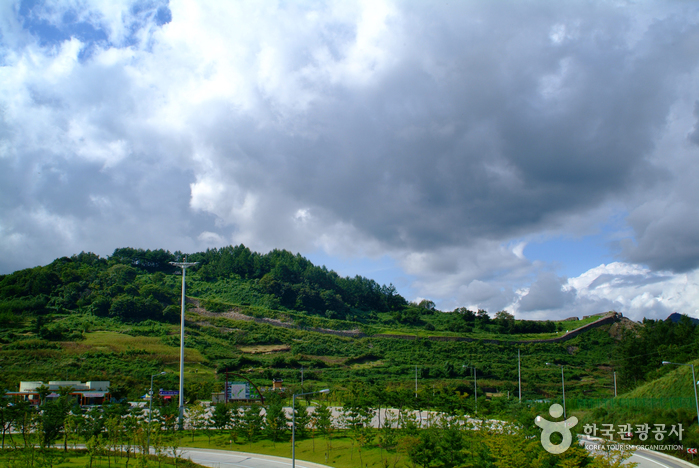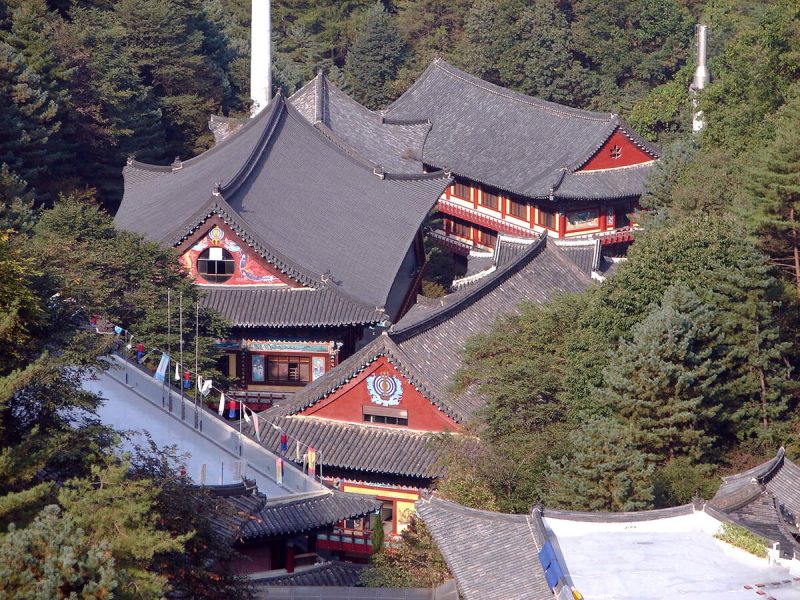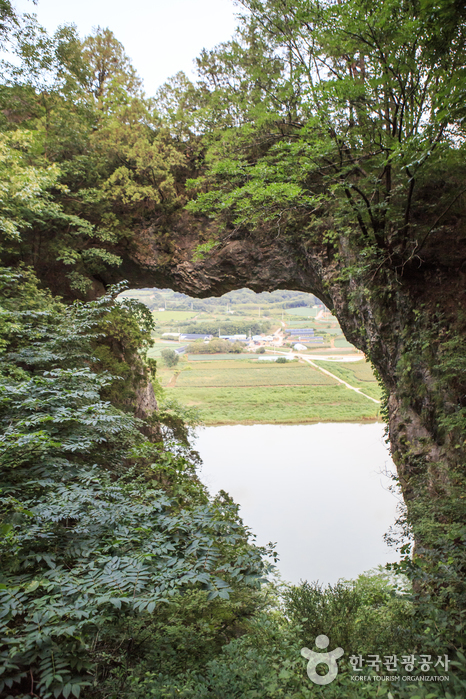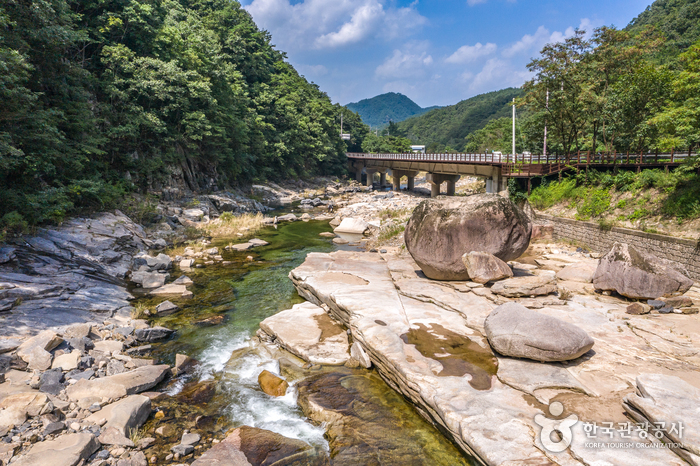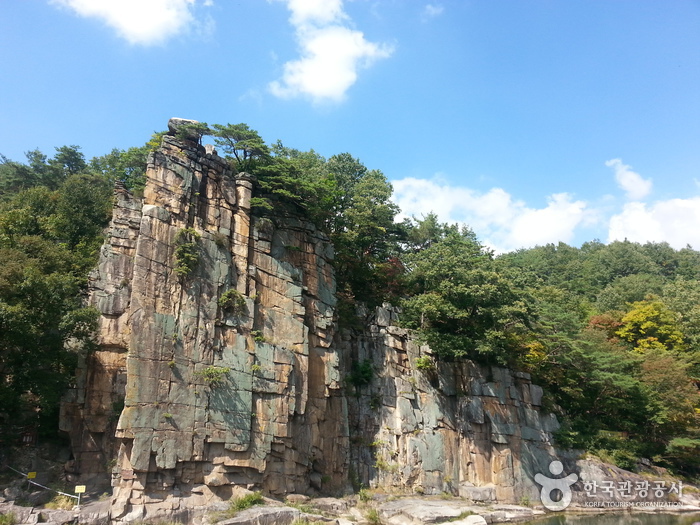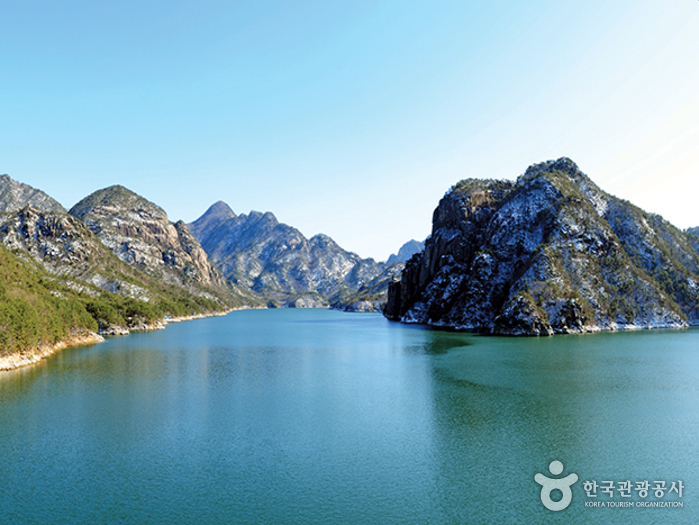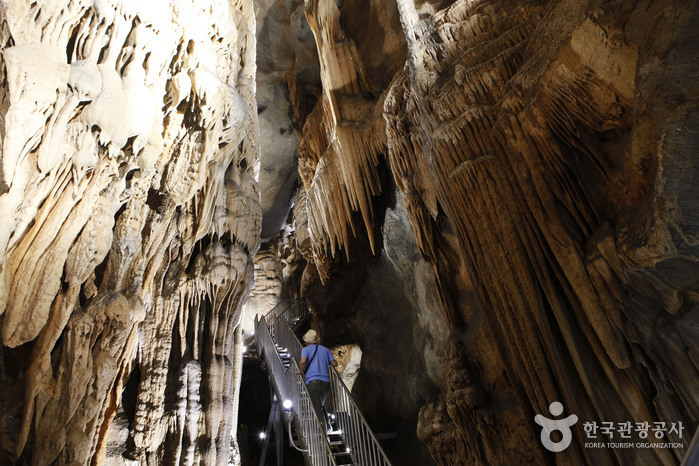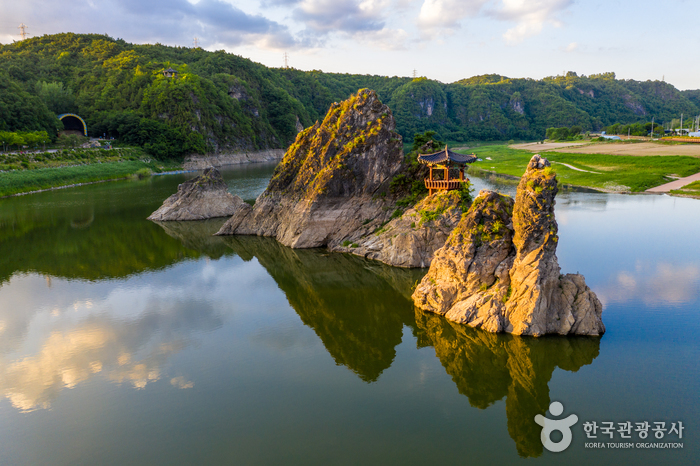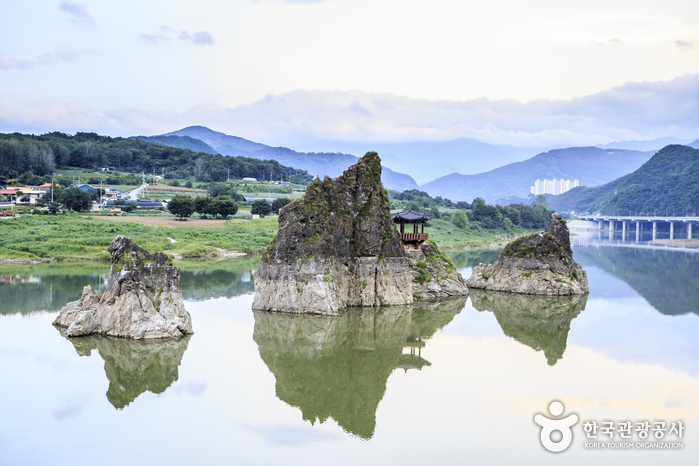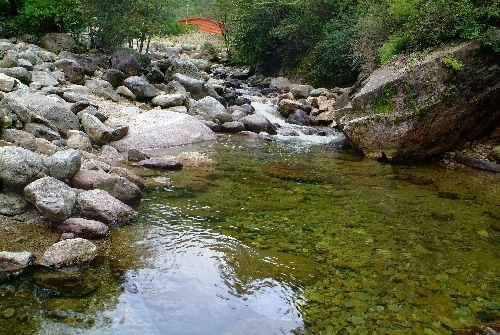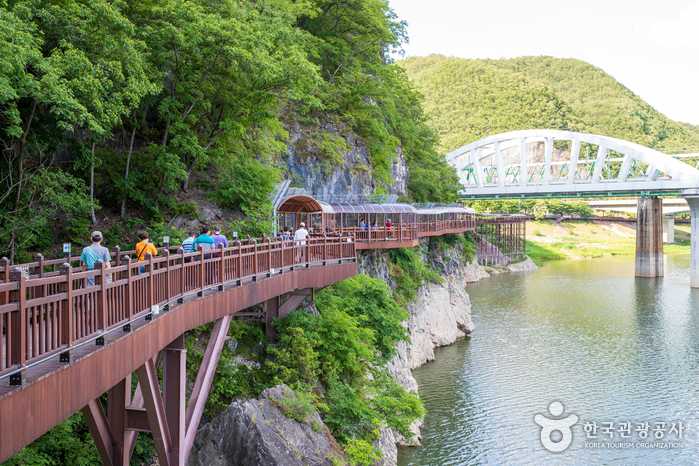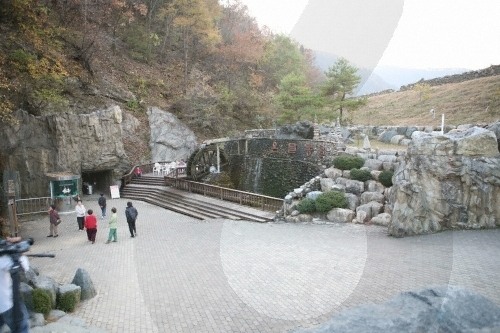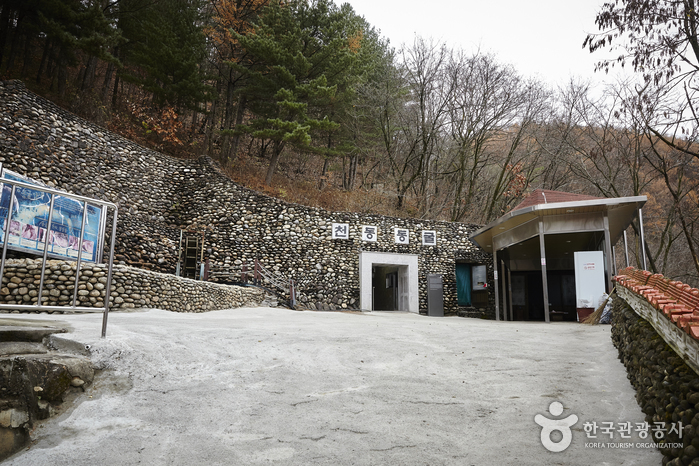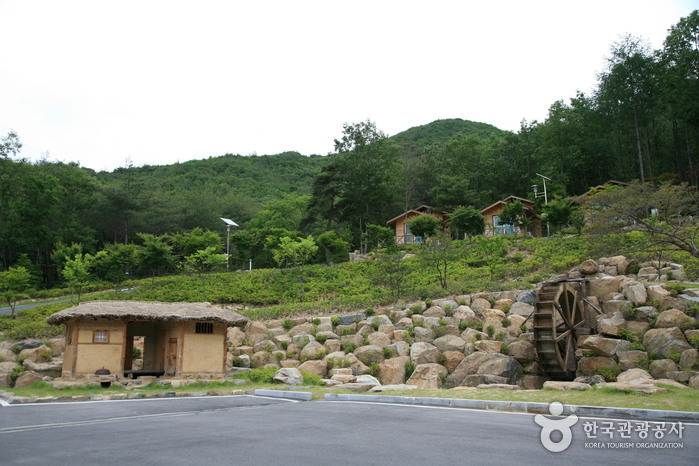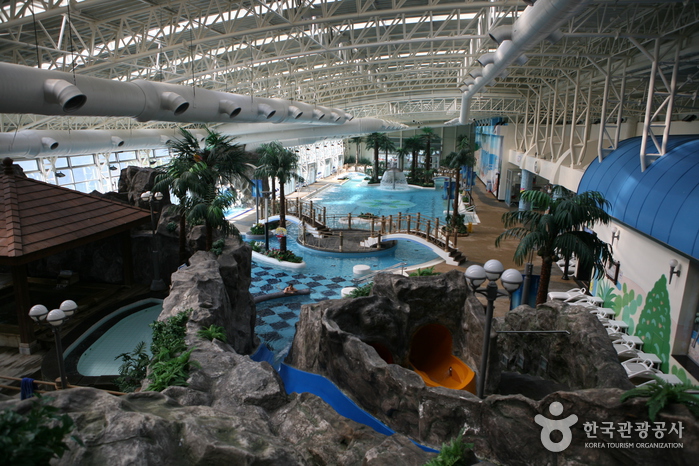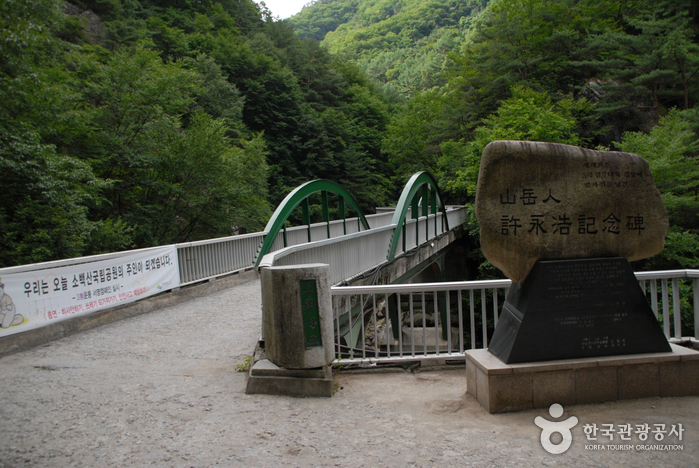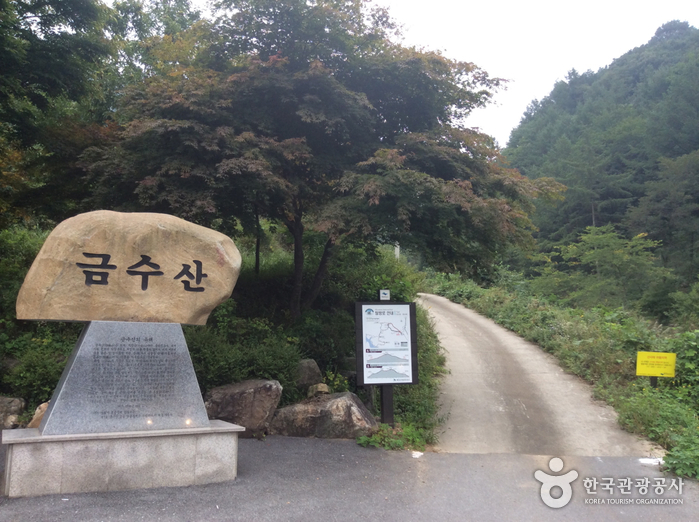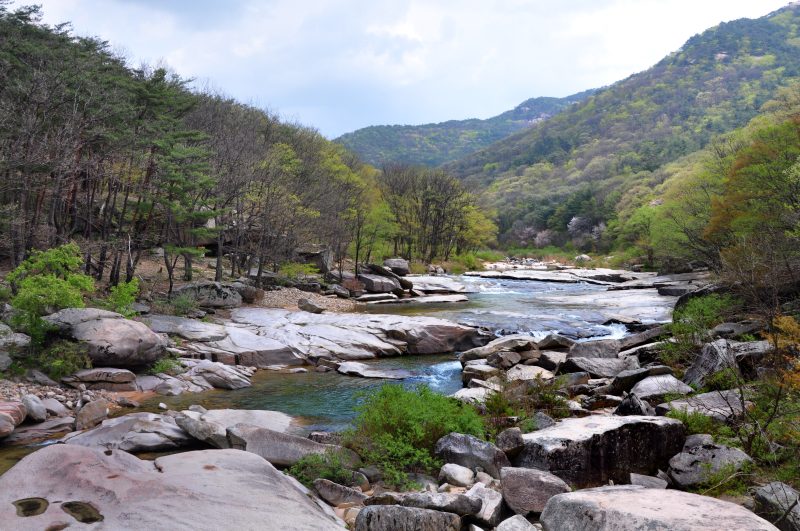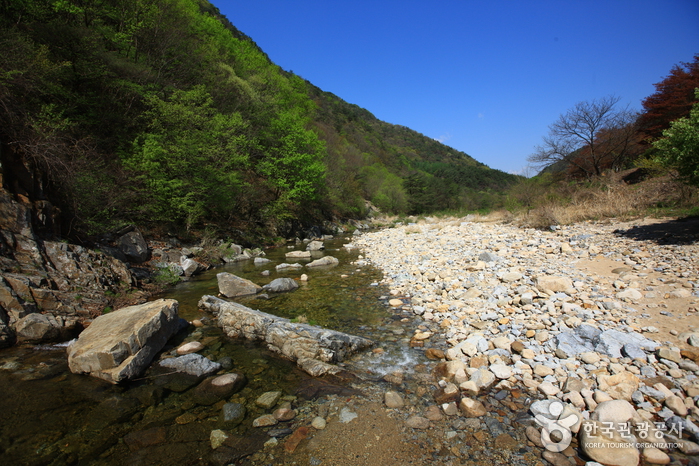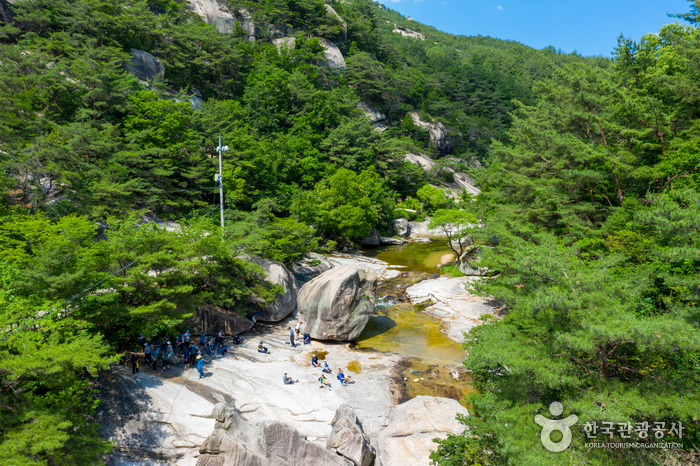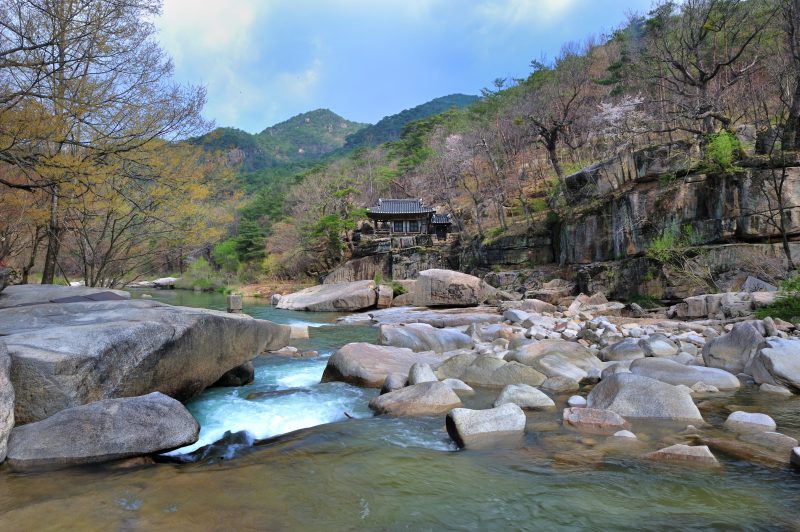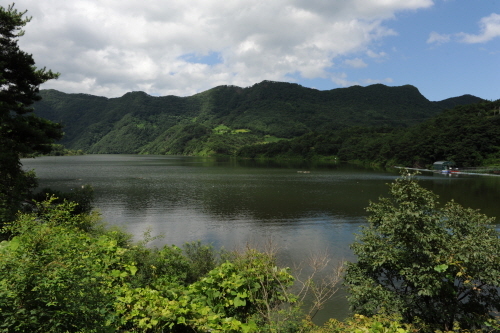Experience the Cultural Richness and Natural Beauty of Chungcheongbuk-do
Welcome to Chungcheongbuk-do, a province located in the heart of South Korea. Bordered by Gangwon-do and Gyeongsangbuk-do to the east, Chungcheongnam-do to the west, Jeollabuk-do to the south, and Gangwon-do and Gyeonggi-do to the north, this region offers a captivating blend of cultural heritage and stunning landscapes. Positioned between 128°38′ to 127°16′ East longitude and 37°15′ to 36°00′ North latitude, the province covers an area of 7,407.19 square kilometers and is home to approximately 1.58 million residents as of 2015. Chungcheongbuk-do comprises three cities and eight counties, with the provincial capital located in Moonhwa-dong, Sangdang-gu, Cheongju City.
Why Visit Chungcheongbuk-do?
- Cultural Heritage: Chungcheongbuk-do has a long history as a hub of folk arts and a breeding ground for talented individuals. It is part of a multi-cultural region as it borders the ancient kingdoms of Silla, Baekje, and Goguryeo. Notably, Chungcheongbuk-do is the birthplace of Nangye Park Yeon, one of the three masters of traditional Korean music, hailing from Yeongdong, and Uruk, who resided in Chungju. The footsteps of prominent figures such as Uam Song Si-yeol and Song Kang Jung-cheol continue to inspire visitors. The province is also known for the vivid calligraphy of Gim Saeng.
- Cultural Festivals: The roots of traditional arts run deep in Chungcheongbuk-do, giving rise to various cultural festivals. These include the Chungbuk Arts Festival in Cheongju, Uruk Cultural Festival and Suanbo Hot Springs Festival in Chungju, Jecheon Byungje Festival, Cheongwon Folk Festival, Boeun Noodle Folk Festival, Okcheon Rebel Leader Choheon Commemorative Event, Yeongdong Nangye Arts Festival, Sangsan Festival in Jincheon, Goseong Cultural Festival, Seolseong Festival in Eumseong, Sobaeksan Azalea Festival, and Ondal Mountain Fortress Cultural Festival in Danyang.
- Cultural Heritage Sites: Chungcheongbuk-do boasts a wealth of cultural heritage sites, including seven national treasures. These include the Twin Stone Lantern, Eight-sided Pavilion, and Seokyeonji at Buseoksa Temple in Boeun-gun, the Seven-story Stone Pagoda at Tappyeong-ri in Chungju, Cheongnyangsa Temple Site, Goryeo Period Stele at Yongdu-sa Temple Site in Cheongju, Goguryeo-era Stone Buddha Triad in Goseong-gun, and Silla Stele in Danyang-gun. Additionally, there are 28 treasures, nine historic sites (including Sangdang Mountain Fortress in Cheongju), 21 important intangible cultural assets, and 21 natural monuments and landmarks.
- Cultural Spaces: Chungcheongbuk-do offers a variety of cultural venues, including 13 public performance halls, eight private performance halls, 41 movie theaters, three art galleries, four art centers, eight municipal community centers, 50 welfare centers, nine youth centers, 12 cultural centers, one national traditional music institute, and one heritage preservation center.
Plan Your Visit:
- Best Time to Visit: Chungcheongbuk-do experiences four distinct seasons. Spring (April to June) and autumn (September to November) offer mild weather, while summers (July to August) are warm and winters (December to February) are cold. Consider the season and activities you prefer when planning your visit.
- Transportation: Chungcheongbuk-do is well-connected with a comprehensive transportation system, including trains, buses, and highways. Cheongju International Airport offers domestic and international flights, providing convenient access to the province.
- Language: Korean is the official language in Chungcheongbuk-do. While English may be limited in some areas, major tourist sites and facilities often have English signage and staff who can assist visitors.
- Currency: The currency used in Chungcheongbuk-do is the South Korean Won (KRW). ATMs are widely available, and credit cards are commonly accepted in hotels, restaurants, and larger establishments.
- Safety: Chungcheongbuk-do is generally a safe region for travelers. However, it is always advisable to take normal precautions, such as keeping an eye on personal belongings and staying informed about local safety guidelines.
Explore the Natural and Cultural Wonders:
Chungcheongbuk-do is surrounded by mountain ranges and features scenic bodies of water such as the Chungju Lake, Daecheong Lake, and natural attractions like Danyang’s Eight Scenic Views and the limestone caves of Gosu-dong. With its central location and easy access via highways, the province has gained recognition as a popular tourist destination. Tourist resources include 10 designated tourist sites, three national parks (including Woraksan, Sobaeksan, and Deogyusan), 64 city and county parks and recreational areas, golf courses, ski resorts, and tourist farms. Chungcheongbuk-do is known for its diverse attractions, including beautiful mountains, inland areas, and water-based activities, with Cheongju-Sokrisan and Chungju regions being key tourism hotspots.
As of 2008, there were 285 registered tourism businesses, 24 tourist accommodations, and three tourism facilities. Annually, the province attracts approximately 16.11 million visitors, with foreign tourists accounting for 547,160. Chungcheongbuk-do is known for its domestic tourism appeal.
Immerse yourself in the rich cultural heritage, stunning natural landscapes, and vibrant festivals of Chungcheongbuk-do. Embark on an unforgettable journey of exploration and experience the captivating beauty and warmth of this remarkable province in South Korea

